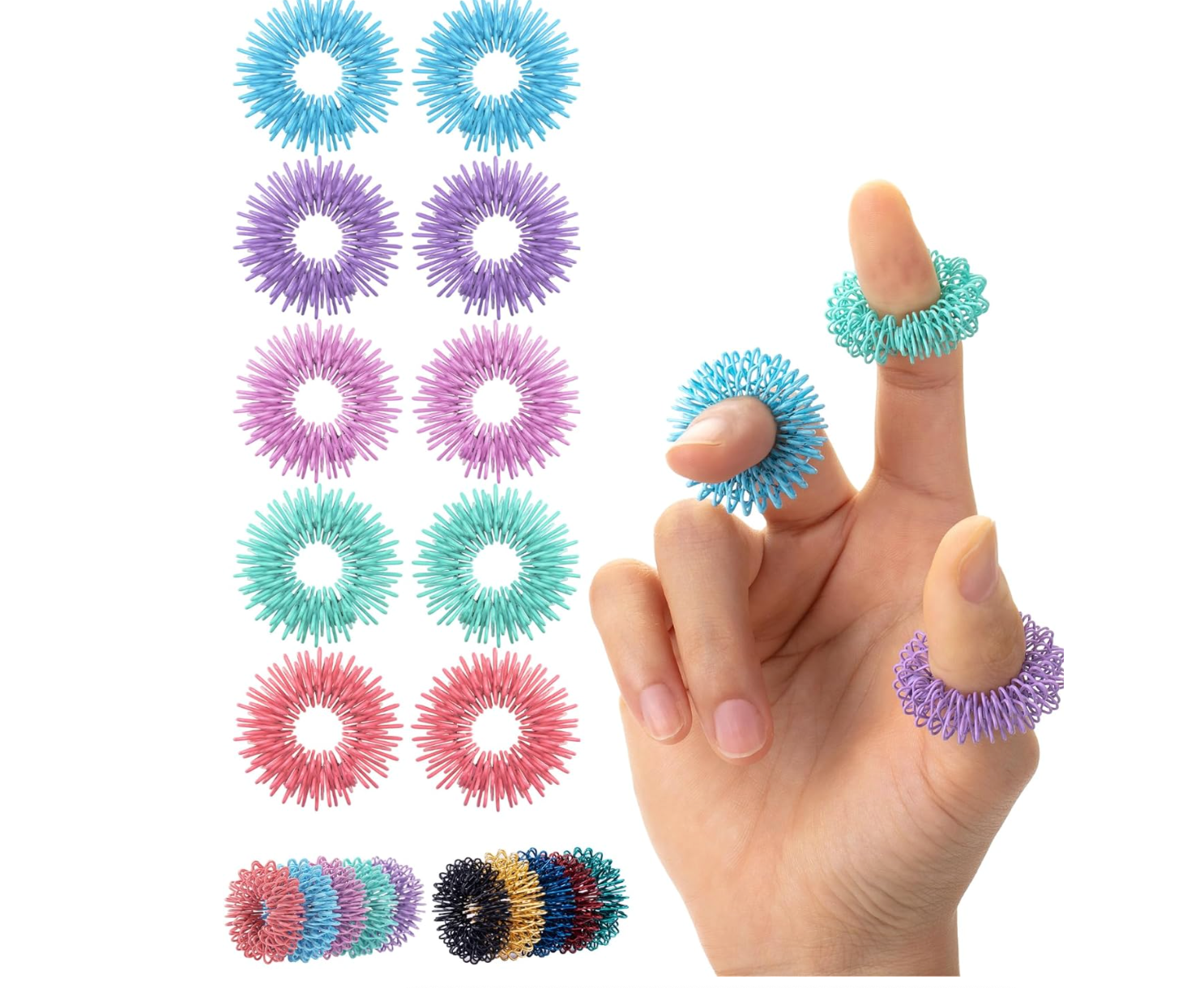

Benefits of Sensory Water Play for Toddlers and Children As parents and early childhood educators, we're always seeking ways to support our little ones' development. Sensory play, particularly water play, offers so many incredible benefits for toddlers and children. In this post, we'll explore why sensory water play is so...

Benefits of Using Sensory Toys and Tools for SPD - High School Edition
Benefits of Using Sensory Toys and Tools for SPD - High School Edition Sensory toys are tools designed to stimulate one or more of the five senses - sight, sound, touch, smell, and taste. They provide a unique sensory experience that can help individuals, especially those with sensory processing disorder...

How do I help my kid who is struggling?
What do I do for my neurodivergent child who is struggling socially? Yep…it happens. As a parent, one of the hardest moments has been watching my neurodivergent child struggle socially. I have been there, and often find myself back there just when I thought things were getting easier. Just the...

Parent Teacher Conferences for the Neurodivergent Child
Parent Teacher Conferences for the Neurodivergent Child It’s that time of year again! Parent Teacher Conferences are in full swing during the Fall and Spring. It is a time to check in with the teacher about how your child is doing and how best to support them. Often parents and...

10 Sensory SuperNanny Strategies: A Guide for Caring for Kids with Sensory Processing Disorder (SPD)
10 Sensory SuperNanny Strategies: A Guide for Caring for Kids with Sensory Processing Disorder (SPD) Parenting is no easy feat, and it becomes even more challenging when you have a child diagnosed with Sensory Processing Disorder (SPD). Even the typical child can present sensory challenges, and it's crucial to understand...

We believe one of our children has sensory processing disorder - what to do next?
Understanding Sensory Processing Disorder (SPD) in Children: The Essential Guide for Parents and Educators Sensory Processing Disorder (SPD) is a condition in which the brain has trouble receiving and responding to information that comes in through the senses. For parents and educators, the signs of this disorder can be concerning...

Bedwetting: Reasons and Strategies
Bedwetting: Reasons and Strategies Bedwetting can be a challenging situation for both children and parents, especially when a child has sensory-processing difficulties. For young children, it is important to approach this issue with patience and understanding, acknowledging that every child develops at their own pace. You may also need to...

Benefits of ISR Swim Lessons, including Sensory-Motor Regulation for Sensory-Seeking Children
Benefits of ISR Swim Lessons, including Sensory-Motor Regulation for Sensory-Seeking Children For new parents and safety-conscious caregivers, the thought of introducing your young ones to water can be filled with mixed emotions. There's the joy of seeing them splash and play, but also a nagging fear of water safety. This...

You ask, we answer! A question we received was “Sensory Toys only do so much, what else can I do to help my child with sensory-processing challenges?”
You ask, we answer! A question we received was “Sensory Toys only do so much, what else can I do to help my child with sensory-processing challenges?” Supporting a child with sensory processing needs most times goes beyond providing them with sensory toys. While these toys can be beneficial, they...

Sensory Tools Checklist for Children with Sensory Processing Disorder (SPD)
Sensory Tools Checklist for Children with Sensory Processing Disorder (SPD) Sensory Processing Disorder (SPD) can affect children in various ways, and each child may have unique needs when it comes to sensory input. To aid parents, caregivers, and educators in supporting children with SPD, we've compiled a comprehensive checklist of...
















